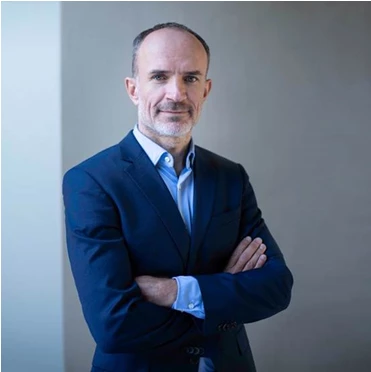 Photo: Curt Carnemark / World Bank
Photo: Curt Carnemark / World Bank
The latest report from the UN’s Intergovernmental Panel on Climate Change could not have made it clearer: Climate change risks are even worse than previously estimated. While some consequences of climate change such as rising sea levels are now irreversible, there is a brief but shrinking window for humanity to curb these risks and avoid the worst possible scenario — especially in cities, where over half of the global population now lives and where the battle against climate change will largely be fought. The report, which was published while the world’s eyes were glued to the news about Russia’s invasion of Ukraine, was a much-needed reminder that climate change is an existential threat.
The Global Facility for Disaster Reduction and Recovery’s (GFDRR) recently concluded Partnership Days event affirmed both the urgency of the climate crisis and the need for inclusive resilience, especially as multiple risks augment one another and make lives even more precarious for people. The two-day event, which was held on February 23 to 24, opened with remarks from World Bank Group President David Malpass and showcased the impact of GFDRR’s engagement with partners around the world through myriad examples of how disaster risk reduction can work for diverse populations and settings.
Disasters, after all, do not have an equal effect on everyone. One can even say that disasters, because their impact depends on social variables such as poverty and gender, are not natural at all. Children, women and girls, elderly people, persons with disabilities, indigenous peoples, and other marginalized communities — especially in lower-income countries — are often disproportionately affected by disasters .
For example, evidence suggests that women die as a result of disasters at a higher rate than men do in countries where women have a lower socioeconomic status. Meanwhile, individuals with disabilities are often overlooked in disaster recovery planning because they are not identified in household surveys in the first place.
GFDRR has been addressing these gaps. For example, in partnership with the Tamil Nadu government in India, it supported the launch of a fish kiosk that helped the widows of Indian fishermen — whose lives were taken by disasters while working along the coastline — earn their own income and stymie the stigma of being single. Meanwhile, in Indonesia, GFDRR assisted the Ministry of Public Works and Housing in constructing schools that are accessible to students with disabilities and establishing practices to prevent and manage gender-based violence, which often increases in the aftermath of a disaster.
Individuals may also have intersecting identities that make them more susceptible to the devastating impact of disasters and impose intensifying layers of discrimination when they attempt to access relief and other forms of support. Research on the post-disaster experiences of women with disabilities in Cambodia shows that a triple burden of marginalization, poverty, and limited political agency has made them resort to short-term loans, decreased food consumption, and migration as ways to cope with the impact of disasters.
In fragile and conflict-affected settings, these risks are multiplied. Climate change complicates the conflict conundrum by acting as a threat multiplier: the detrimental consequences of climate change — such as crop failure, food insecurity, and water scarcity, to name just a few — can worsen disputes over limited resources and opportunities, which in turn can aggravate tensions. Conflict also deepens interwoven inequalities: in camps for internally displaced persons in Haiti, for example, crowding and poor security contributed to an uptick of multiple forms of gender-based violence.
The overlay of disasters and conflicts requires more nuanced and integrated approaches to assess, manage, and mitigate intersectional risks. GFDRR is working with its partners to design and test such approaches in an increasing number of countries. For example, together with the South Sudan government, it supported the technical team in conducting an in-depth analysis of the challenges and opportunities to inform the development of the country’s disaster risk management strategy. The analysis found that women, girls, and internally displaced populations were the most prone to the compounding risks of disasters and conflict.
As the latest Intergovernmental Panel on Climate Change report has reiterated, combating climate change is an urgent undertaking: climate change is already affecting human health, livelihoods, and key infrastructure especially in urban settings . The unique challenges faced by those who have been traditionally excluded from decision making processes, however, underline that there should be no one-size-fits-all approach to climate adaptation. It is imperative that we recognize that our response to climate change can only be effective if it is truly inclusive — that is, one that goes beyond a tick-the-box exercise and meaningfully incorporates the needs of these groups into disaster risk reduction planning and implementation. This is not a pipe dream: as the above examples have shown, partnerships have the power to boost resilience for all.
Related links:
- Subscribe to our Sustainable Cities newsletter
- Follow @WBG_Cities on Twitter




Join the Conversation